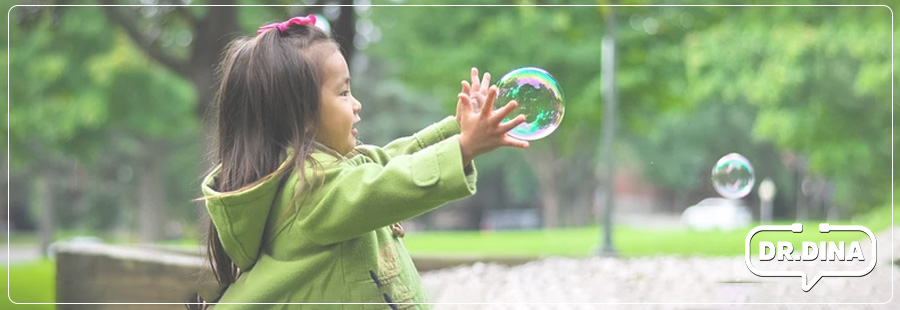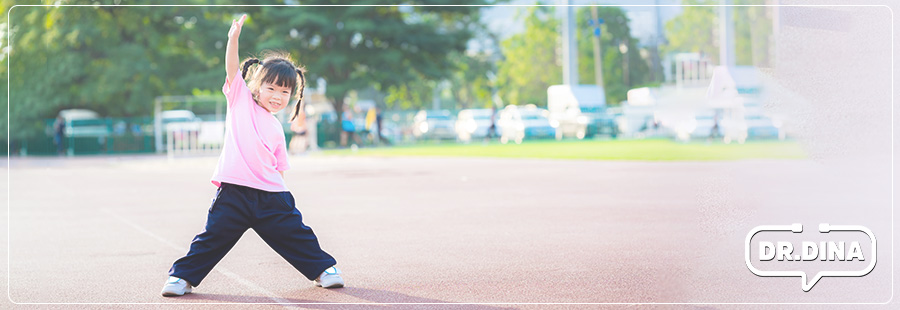Let’s talk about plantar warts and how to prevent them.
Warts – How to Prevent Them
Plantar warts are one of the three most common reasons that bring children into the doctor’s office for foot care. The good news is that they will go away. The bad news is that this can take a very long time, up to several weeks. Anyone that has been treated or had their child treated for a wart knows how true this is. There are many different kinds of cutaneous warts, such as common warts, genital warts, and plantar warts. The latter will be the focus of this article.
Plantar warts are a virus.
Warts are caused by direct contact with the human papillomavirus (HPV) family of viruses that we hear so much about. The virus is in the environment, and it can be picked up almost anywhere. HPV thrives in environments that are wet, damp, dark, warm, or any combination. Think of swimming pools for lessons or leisure swim—the changing rooms at the pool or the gym. Hotel rooms, locker rooms and showers, even the showers at home, can carry the human papillomavirus. All these areas have a lot of public traffic (well, maybe not your shower at home) and are moist environments more often than not. Even your shoes can carry unwanted bacteria and viruses, especially if sweaty feet (or puddle jumpers) are involved.
Just because the HPV virus is present doesn’t mean that you’re going to catch it. Like many other organisms, the virus needs a way to enter your body through a cut or scrape; even a micro tear in the skin will do. Rough surfaces like a pool deck or pumice stone can cause these tiny cuts during a pedicure. Not all hope is lost, though. It is easy to protect yourself.
Never Go Barefoot
When you are in public areas frequented by barefoot people, you can help to prevent warts by wearing flip flops, deck shoes, shower shoes, or water shoes. Basically, avoid direct contact with any surface that may hold the virus that causes warts. Don’t wear other shoes like sneakers onto public pool decks; you are not just protecting yourself. You are helping to bring the bacteria in, hence the reasons for all those signs asking you to take your shoes off (see how that works?). Keep your feet covered by wearing socks or slippers around hotel rooms and your water shoes in public showers and locker rooms too.
When you are in public areas that barefoot people frequent, wearing flip flops, deck shoes, or water shoes is an easy way to protect yourself.

Plantar Warts and Sweaty Feet
If sweaty feet plague you, try changing your socks halfway through the day and keep socks cotton, so they are breathable. Don’t wear the same shoes two days in a row. Leave those sweaty shoes out to dry for 24 hours. You can also clean your shoes by throwing them in the washer and then the dryer. Lysol can also help kill bacteria. However, it is not proven to work on soft surfaces like a shoe and will still require drying time. The best yet is sterilizing the shoes and other personal items that your feet touch regularly. UV-based products, like SteriShoe, are proven to kill bacteria in shoes quickly and effectively.
Immune Boosting
Boosting your immune system will help protect yourself, especially if you are prone to getting colds. Remember, warts are a virus, just like the common cold. Cold-FX for kids will help prevent catching a cold and a wart too. A weakened immune system is one of the leading causes of HPV infection, so Vitamin A supplements are some of the best treatment for warts because they naturally boost your immunity, or simply take a walk to your nearest natural store and find out what over-the-counter medications they recommend.

Don’t drive yourself crazy, and if your baby toe accidentally touches the pool deck, it doesn’t mean you will get a wart. Most plantar warts are prevented by healthy skin care habits. Make sure to clean and cover cuts on your skin as most warts only form if the HPV is allowed to break the skin.
Taking the appropriate steps to prevent infection is the best place to start. Do what you can, when you can. Keep your feet clean as much as possible, as good foot hygiene is one of the most effective ways to prevent warts. An HPV vaccine is another good preventative measure. If a plantar wart does appear, make sure to get it checked by a healthcare provider as soon as you notice it. Starting treatment earlier usually means an easier time getting rid of it for good.
How are Warts Treated?
There are multiple treatments for getting rid of your stubborn warts, including some home remedies. One way treat your own warts is to apply salicylic acid to the wart area. This will make the outer layer of thickened skin softer and allow the wart to rub off easier. Make sure to wash your hands before and after applying the acid to your wart. Also, make sure to dispose of the excess skin safely to prevent new warts, as the HPV strains are alive on the surface of the wart and warts can spread if other parts of your skin are exposed.

Liquid nitrogen is another over-the-counter method for plantar wart removal. The substance will freeze the skin that contains the wart and a small area of skin around the wart as well. It usually takes 4-6 days for the wart to dry out completely so that it can be removed with a sharp tool. DO NOT use nail clippers for wart removal, and avoid shaving the skin down with a razor. Remember to wash your hands after working with plantar warts.
Laser treatment is arguably the most effective way to remove warts. This process can only be completed by a healthcare provider. It is so effective because it does not require direct contact with the affected area, which will help to keep warts from spreading to other parts of your skin.
FREQUENTLY ASKED QUESTIONS
Here are the most common questions I get asked about warts.
Do I have to throw away shoes after getting a wart?
No, you don’t have to throw your shoes away. The best thing to do is to wash your shoes or spray them with Lysol. A significant step is to ensure you’re wearing fresh socks every day and leave your shoes to dry out for 24 hours before wearing them again.
How long can plantar warts live in shoes?
This is a great question! Unfortunately, the virus can live in shoes for up to six months! So I’d recommend regularly disinfecting and washing your shoes. This will help you keep on top of the virus as best you can.
Can bad shoes cause plantar warts?
Wearing ill-fitting or cheap shoes cannot cause plantar warts. What does cause them is the virus hiding within the shoe. So if you’re trying shoes on in a store, make sure you take socks with you. If you’re buying used shoes, give them a good Lysol or wash before slipping your foot in there.
Can wearing shoes without socks cause warts?
Again, it’s not the wearing shoes without socks that cause the wart; it’s the virus finding its way into the shoe and then into your body. Wearing socks provides a barrier between your skin and your shoe.
It’s always a good idea for children to wear socks with their shoes and keep their feet covered in public places, especially wet ones. Regularly disinfecting shoes will help you to keep warts at bay. If you notice one, get treatment as soon as possible and give an excellent scrub to any surfaces your child has touched with their bare feet (and wash their shoes!). Warts are just part of parenthood; there’s no point panicking about them, but taking appropriate precautions makes sense and is easy to do.
#YouGotThis











